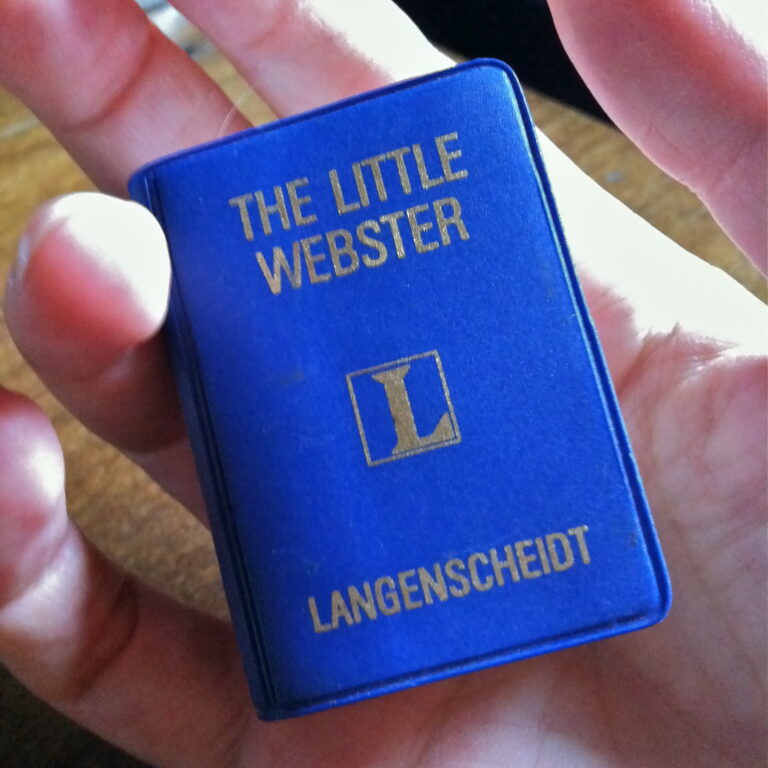The Magic of Objects
“I would say that the moment an object appears in a narrative,” Italo Calvino writes, in Six Memos for the New Millennium, “it is charged with a special force and becomes like the pole of a magnetic field, a knot in the network of invisible relationships. The symbolism of an object may be more or less explicit, but it is always there. We might even say that in a narrative any object is always magic.”
Specifically, Calvino describes the movement of a ring in a legend about Charlemagne—from beneath the dead tongue of the emperor’s lover to the bottom of Lake Constance—that lends that tale its fascinating deftness. As the causal link between events in the story, Calvino calls the magic ring the true protagonist of that story.
Objects are a powerful writing prompt in any genre. As an exercise and possible source of inspiration, Elizabeth Kostova, in Poets & Writers, suggests describing in detail of one of the first objects you can remember encountering. You might also use objects to help move plot forward, externalize emotion, and develop character, conflict, and imagery.
Similarly, in “Talking Forks: The Inner Life of Objects,” Charles Baxter suggests that in fiction, characters must learn something from the physical world around them, rather than the world merely reflecting their existing emotions—a psychic friction and, perhaps, change or growth. Cynthia Ozick’s short story “The Shawl” is a compelling example of this: “the shawl becomes a breast and a womb and a house,” writes Baxter. It is warmth, protection, nourishment; it alludes to holiness; and it highlights air imagery throughout the story, in stark contrast with the sharp, hard, heavy and dark elements of Nazi helmets and boots, and in conjunction with images of butterflies as well as Magda’s “air-fed” belly.
Kate Bernheimer’s short-short “Pink Horse,” part of the innovative project Significant Objects, is another example of a particular object pulsating with meaning: hope, fantasy, dashed innocence, loss and grief.
The Prompt
In Naming the World and other Exercises for the Creative Writer, R.T. Smith offers the excellent multi-step character-development exercise “Object of Affection.” I have adapted it here for you with some suggestions on how much time you should spend on each step.
- Choose a compelling object—something that could be a character’s “centering symbol.” Smith offers Georgia O’Keefe’s skulls and Ronald Reagan’s jelly beans as examples. My mother wore a ruby ring, a family heirloom, every day until my twenty-fifth birthday, when she gave it to me. There’s another example.
- List possible metaphors for that object. For example, the shawl in Ozick’s story symbolized warmth, motherhood, protection. (Five minutes.)
- Sketch a scene detailing how a character acquires that object. (Five to ten minutes.)
- Write an internal monologue: how does the character explain to herself why the object is meaningful to her? This can be rational or not or some combination of both. (Ten to fifteen minutes.)
- Now for a nice, meaty scene with dramatic tension: Have an acquaintance ask the character why the object is so important. The character must give a mostly believable, mostly honest answer all the while hiding her most secret reasons. Why is your character hiding these reasons from her acquaintance? What is at risk and why does it matter? (Twenty minutes plus.)
Smith points out that this exercise can also work with nonfiction, using memory, interviews, and research. If you go the nonfiction route, you might also consider perusing the essay series Object Lessons, which explores the “hidden lives of ordinary things” from all sorts of personal, philosophical, scientific, and historic angles.
Caveat Emptor
In his memoir Speak, Memory, Vladimir Nabokov writes of a curious condition. Whenever he inserted objects from his real life into his fiction, those objects were absorbed into the fiction and it was as if they were no longer an article of his real history. Take it with a grain of salt, BUT BE FOREWARNED.
Extra Bonus Prompt
Kathleen Walsh-Piper, in Image to Word: Art and Creative Writing, offers another way you might use objects as prompts: choose an old object, perhaps an ancient one at a museum, and write a day in the life of the object when it was new. For instance, I’m enamored with the snuff bottle collection at the Seattle Asian Art Museum, and I’ve always wanted to pick out a snuff bottle and write its story, the gossip it might have heard in its day, the nostrils it might have brushed up against.
Walsh-Piper suggests choosing an object, then imagining a character not like yourself who would choose that object. Who do you see? And what do they see in that object of their choosing? And, perhaps, what does the object see in them?

